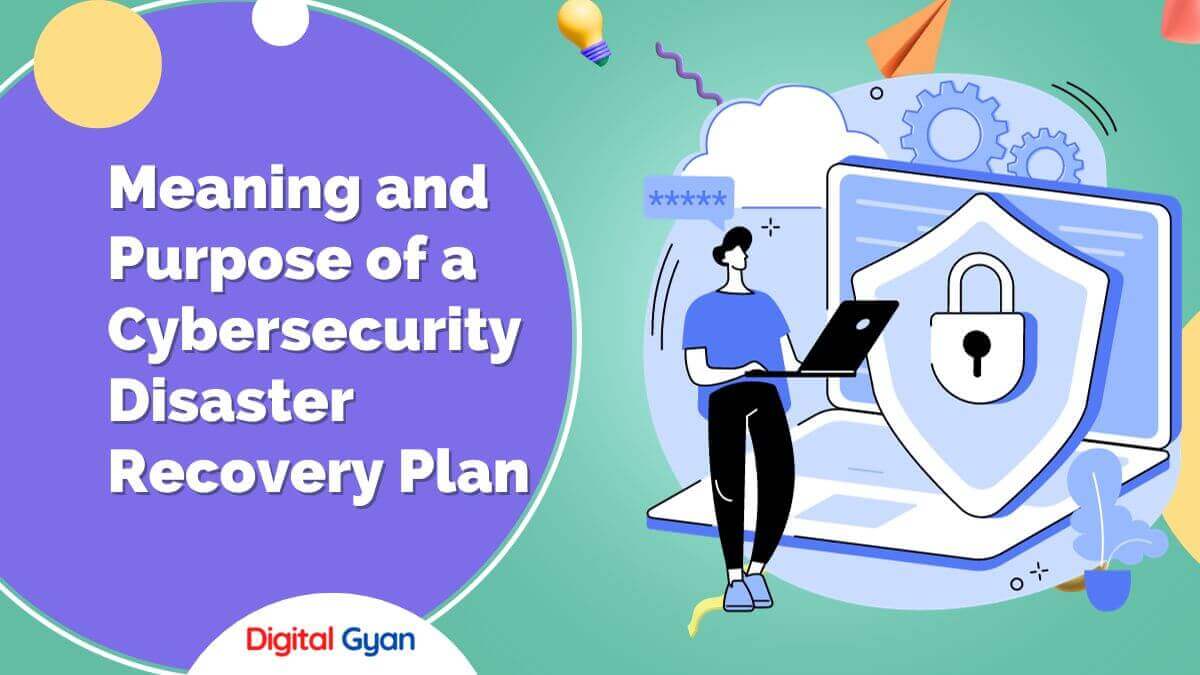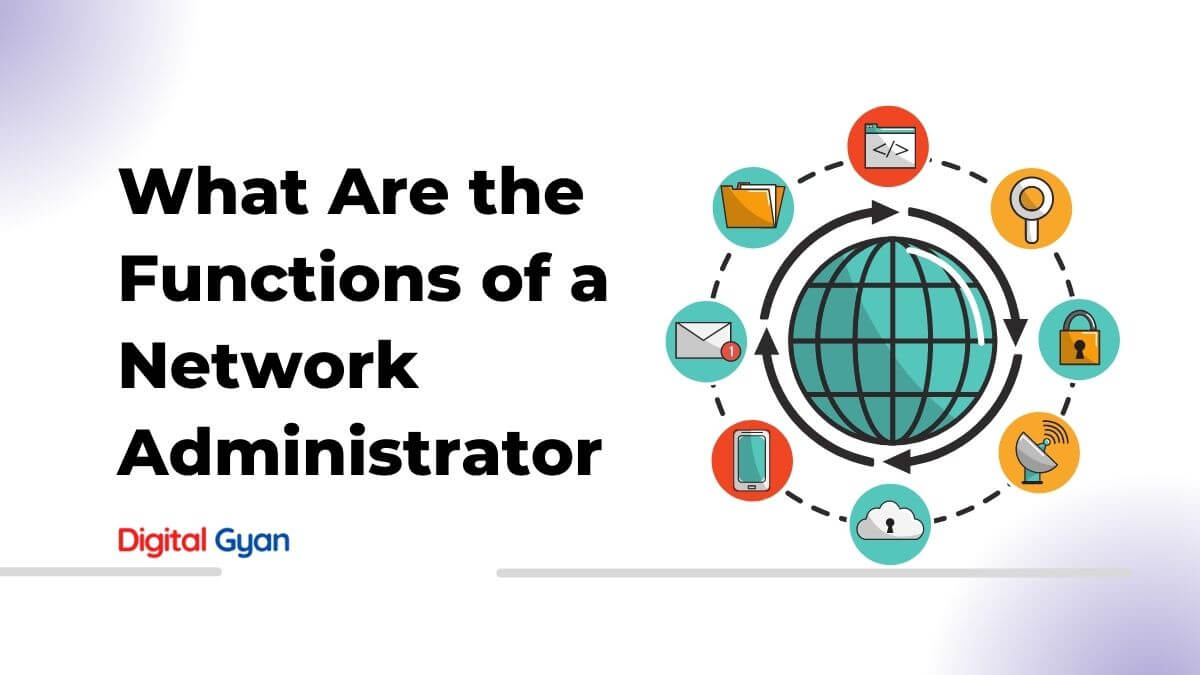5 Common Threats to Enterprise Network Security
Enterprise network refers to the backbone of the communication plan of an organisation or enterprise. The communication plan connects computers and other devices to a shared workgroup network. Enterprise networks facilitate the exchange of information and data access, and most of the time, crucial information is shared in this type of network.
Due to this, enterprise networks must be secure to restrict access from unauthorised individuals. Network security has become a paramount concern for enterprises across the globe. Enterprise network security is partly physical and partly virtual consisting of protocols that connect users and systems on a local area network (LAN) to applications outside the LAN.
With the rise in cyber threats, protecting sensitive data and maintaining the integrity of corporate information have become challenging endeavours.
In this article, we will shed light on the top 5 threats that pose significant risks to enterprise network security.
Threat 1: Phishing Attacks
Phishing attacks are deceptive tactics employed by malicious actors to trick individuals into divulging sensitive information. The emails send are disguised to look like harmless emails or emails from friendly contacts. Once the recipient of the email clicks on a link on the email or opens the email, the sender accesses the organization’s network, and from this point on, the organisation is vulnerable to hacking and leaking of sensitive information.
These attacks typically involve fraudulent emails, messages, or websites that appear genuine, luring unsuspecting users to disclose passwords, financial information, or other confidential data.
Phishing attacks have seen a dramatic surge, with cybercriminals becoming increasingly sophisticated in their approaches. Enterprises must educate employees about the risks associated with phishing attacks and implement stringent measures to combat this threat.
Threat 2: Malware Infections
Malware is malicious software designed to harm a computer or network. With the hacker’s malware in the network, this may give them the ability to change the content or settings giving them power to infect everyone on our network and others. Different types of malware are used by hackers, such as viruses, worms, trojans, and ransomware. Once inside an enterprise network, malware can cause significant harm, from stealing sensitive data to compromising system functionality.
Protecting against malware infections requires a multi-layered defense strategy. Enterprises must deploy robust antivirus software, regularly update their systems, and conduct thorough scans to detect and eliminate any potential threats.
Threat 3: Insider Threats
An often underestimated threat to enterprise network security comes from within the organisation. Insider threats refer to malicious actions or negligence by employees or contractors that pose a risk to the confidentiality, integrity, or availability of data.
Some of the most common types of insider threats include:
Disgruntled employees: Employees who are unhappy with their jobs or who feel that they have been treated unfairly may be more likely to engage in malicious activity. This could include stealing data, sabotaging systems, or leaking confidential information.
Financially motivated employees: Employees who are facing financial difficulties may be tempted to steal or sell sensitive information. This could include customer data, financial data, or intellectual property.
Employees who are not aware of security policies: Employees who are not aware of their organization’s security policies may inadvertently put the organization at risk. This could include sharing passwords, leaving sensitive documents unattended, or clicking on phishing links.
Former employees: Former employees who still have access to an organization’s network or systems may pose a threat. This could be because they have not been properly removed from the system or because they have stolen credentials.
Contractors and business partners: Contractors and business partners who have access to an organization’s network or systems may also pose a threat. This could be because they are not subject to the same security controls as employees or because they may be more likely to be targeted by attackers.
Minimising the risk of insider threats requires a balanced approach to trust and control. Implementing strict access controls, monitoring user activities, and maintaining strict policies around data protection are key steps in mitigating the risks associated with insider threats.
Also Read: 5 Ways Data Can Be Stolen From Your PC or Network
Threat 4: DDoS Attacks
Distributed Denial-of-Service (DDoS) attacks aim to disrupt the availability of network services by overwhelming them with a flood of traffic. Cybercriminals orchestrate these attacks using networks of compromised devices, known as botnets, to flood the targeted network with traffic, rendering it inaccessible for legitimate users. A well-conducted DDoS attack can be virtually impossible to prevent and really difficult to stop. They can start at any time and cripple the servers of even the most sophisticated IT companies.
In June 2022, a Google Cloud Armour client experienced a substantial Distributed Denial of Service (DDoS) assault, reaching its highest point at 46 million requests per second (RPS). The attack was executed utilising a range of techniques, such as HTTP floods and HTTPS floods. The attack constituted the most extensive Layer 7 DDoS attack on record, yet Google Cloud Armour successfully alleviated the attack’s effects.
Protecting against DDoS attacks involves implementing robust network infrastructure, such as firewalls and intrusion prevention systems. Having a strong incident response plan and proactive monitoring of network traffic can significantly mitigate the impact of DDoS attacks.
Threat 5: Social Engineering
Social engineering exploits human psychology and manipulation techniques to deceive individuals and gain unauthorized access to systems or sensitive information. These attacks often involve impersonation, pretexting, or exploiting trust to trick victims into sharing confidential information or performing actions detrimental to network security.
Social engineers possess advanced skills in manipulating human vulnerabilities, including trust, curiosity, and fear, for their own advantage. They exploit these vulnerabilities to establish trust with the target and manipulate them into engaging in actions they would typically avoid.
To safeguard themselves, users must possess knowledge about various forms of social engineering attacks and exercise caution when disclosing information on the internet. Individuals should exercise caution regarding any unsolicited emails, phone calls, or messages, and maintain a sense of scepticism.
Conclusion
Securing enterprise network environments is a never-ending battle against an ever-evolving landscape of threats. Understanding the top 5 threats outlined in this blog post is the first step in fortifying network security. Phishing attacks, malware infections, insider threats, DDoS attacks, and social engineering tactics are all formidable adversaries that require constant vigilance.
Enterprises must adopt a proactive approach by implementing robust security measures, educating employees, and regularly updating their defense strategies. By staying one step ahead of these threats, organizations can safeguard their critical data and ensure the continuity of their operations.

